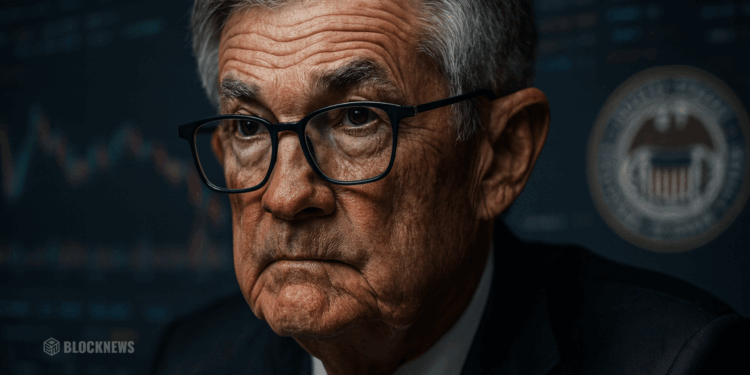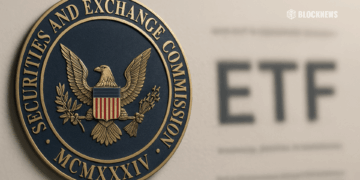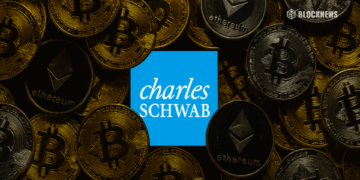- The U.S. Federal Reserve will hold a Payments Innovation Conference on Oct. 21, covering stablecoins, tokenization, and AI in payments.
- The move reflects a policy shift under the Trump administration, with the Fed rolling back restrictions on banks engaging in crypto activities.
- Fed officials suggest stablecoins could improve payment efficiency while driving demand for assets like U.S. Treasuries.
The United States Federal Reserve is stepping directly into the heart of digital finance next month, announcing a new conference on payments innovation. The event, set for Tuesday, Oct. 21, will spotlight hot topics like stablecoin business models, tokenization of financial services, and even how artificial intelligence might reshape payments in the years ahead.
Fed Governor Christopher Waller underscored the importance of the gathering in a Wednesday release, noting: “Innovation has been a constant in payments to meet the changing needs of consumers and businesses.” He added that the goal is not just to explore opportunities but also to weigh the risks and challenges that come with integrating newer technologies into the broader system.
Stablecoins and Tokenization Take Center Stage
Stablecoins—once dismissed as a niche product—are now a major part of the conversation. The Fed plans to examine how dollar-pegged tokens can boost efficiency in everyday transactions while also exploring the implications for financial stability. Tokenization of assets, ranging from bonds to real estate, will also be on the agenda, pointing to a world where almost anything could be represented and traded digitally.
Panels are expected to dive into more than just blockchain. Discussions will highlight the convergence of traditional finance and DeFi, as well as the growing role of AI in payment systems—from fraud detection to automating cross-border transactions.
A New Stance on Crypto Under Trump’s Fed
The move comes during a noticeable policy shift by the central bank under the Trump administration. Earlier this year, the Fed rolled back old guidance that discouraged banks from engaging in crypto and stablecoin activities. It also scrapped a controversial “reputational risk” label from bank oversight exams, which critics said fueled “crypto debanking.”
By removing those roadblocks, the Fed signaled a willingness to give banks more freedom in experimenting with digital assets. The July FOMC minutes even acknowledged that fiat-pegged stablecoins could “improve the efficiency of the payment system,” while also potentially boosting demand for safe assets like U.S. Treasuries to back them.
Livestreamed for the Public
The entire Payments Innovation Conference will be livestreamed on the Fed’s website, opening the door for public audiences to tune in. For policymakers, bankers, fintech developers, and crypto enthusiasts, it’s shaping up to be a key moment to see how the U.S. central bank is positioning itself in the rapidly evolving world of digital finance.
Whether this marks the beginning of deeper crypto integration into the U.S. banking system—or just a cautious test of new waters—remains to be seen. But one thing is clear: the Fed is no longer sitting on the sidelines of payments innovation.














